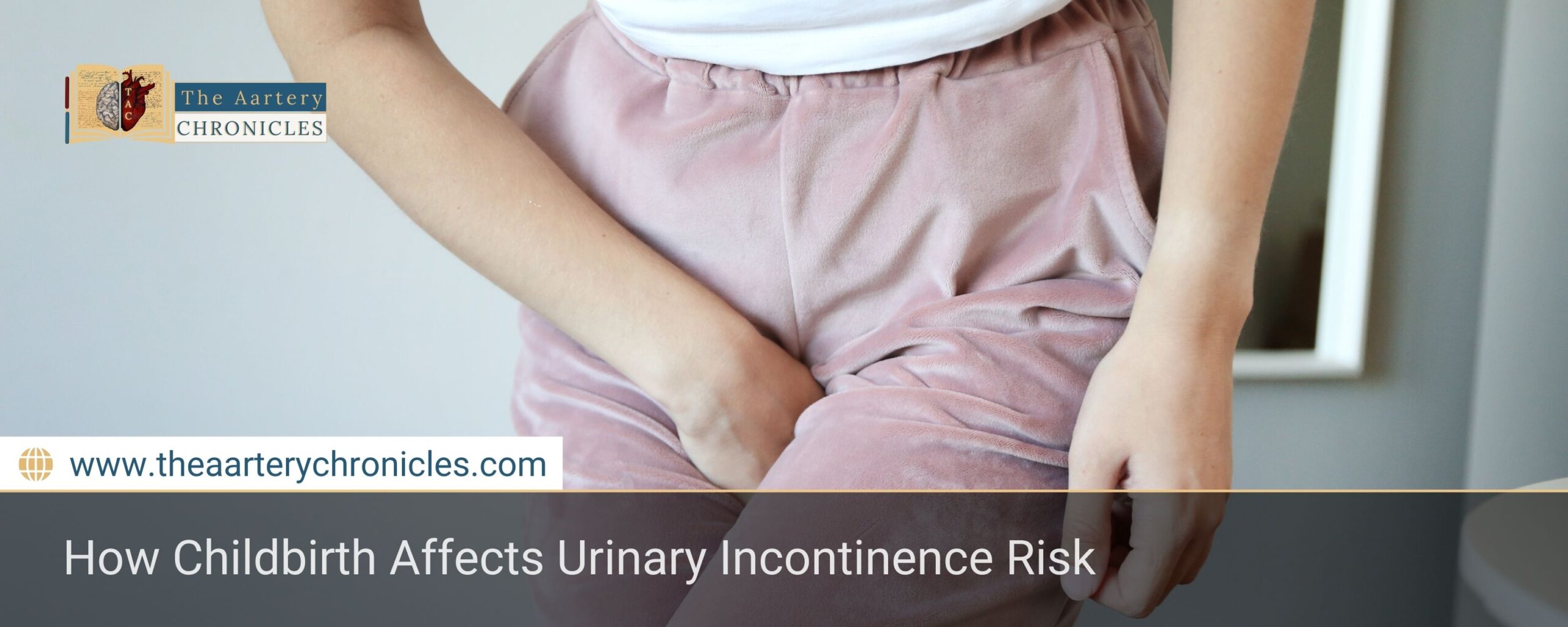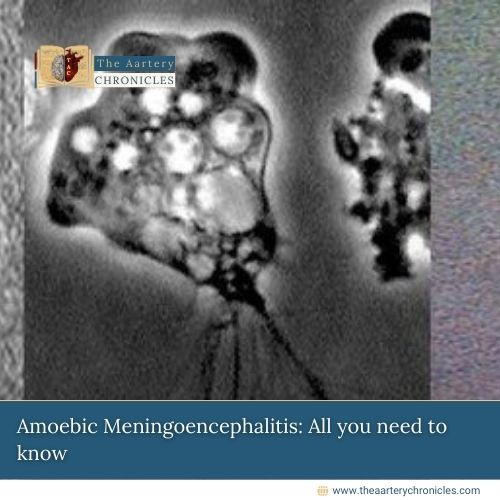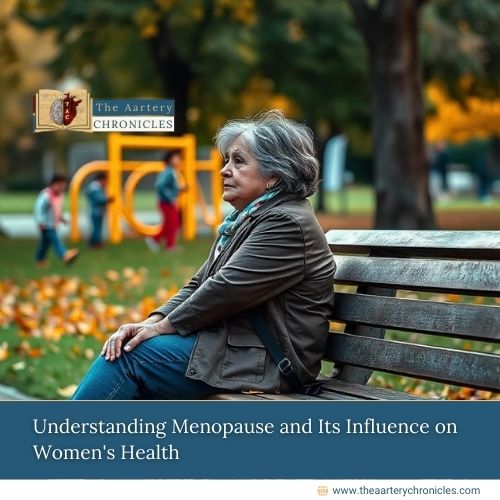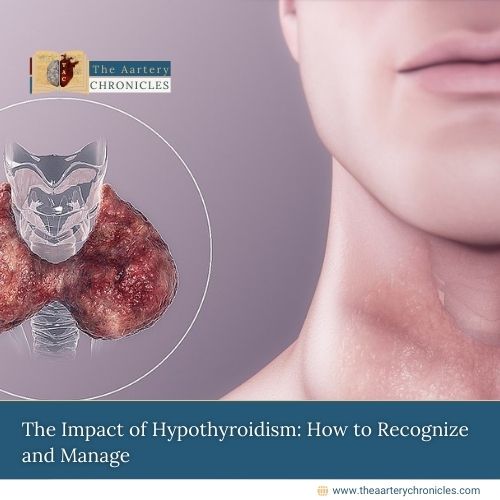

How Childbirth Affects Urinary Incontinence Risk
Summary: A new Canadian study reveals how the number of children and delivery method, vaginal or cesarean, can shape a woman’s risk of urinary incontinence in midlife. Vaginal births were linked to higher odds of stress and mixed incontinence, while aging, not childbirth, was the main factor behind urge incontinence.
Does How You Give Birth Affect Your Bladder Health Later?
Yes! The new research says that the way you deliver a baby could shape your bladder health for decades. A recent Canadian study using SWAN cohort data reveals how childbirth, especially the number of children and delivery method, may raise the risk of urinary incontinence (UI) during midlife.
If you’ve ever wondered whether vaginal or cesarean births affect your bladder long term, this article will break down what the science says and what it could mean for your health.
What the Study Found: Vaginal Births Raise UI Risk
Published in Scientific Reports in April 2025, this longitudinal analysis found a strong link between vaginal deliveries and increased urinary incontinence, particularly stress and mixed types, during midlife.
“Parity and mode of delivery emerge as key factors influencing urinary incontinence in midlife,” the authors noted.
Women who gave birth vaginally had significantly higher odds of:
- Stress incontinence (Odds Ratio [OR]: 2.11)
- Mixed incontinence (OR: 1.89)
Even more striking:
Women who had both vaginal and cesarean deliveries faced the highest odds of mixed UI (OR: 2.17) in midlife compared to those with only cesarean births.
What About Urge Incontinence?
Interestingly, urge incontinence wasn’t strongly tied to childbirth at all. Instead, it was more closely linked to aging. So, if you’re experiencing sudden urges or leaks without physical stress, childbirth history might not be the culprit, your age could be playing a bigger role.
Who Was Studied?
The findings come from the Study of Women’s Health Across the Nation (SWAN), a respected longitudinal dataset. Researchers from the University of Calgary, including Nikki L. Stephenson and colleagues, examined how delivery type(vaginal, cesarean, or both) affected the likelihood of developing:
- Urge incontinence
- Stress incontinence
- Mixed incontinence
They also compared these risks with women who had never given birth (nulliparous women).
Key Takeaways from the SWAN Analysis
- Vaginal deliveries led to higher chances of stress and mixed incontinence than cesarean births.
- Women with both vaginal and cesarean deliveries had the highest risk of mixed UI.
- Women who had never given birth had the lowest prevalence of urinary incontinence.
- Urge incontinence was mainly linked to ageing, not childbirth.
“Among multiparous women, vaginal delivery is associated with a greater risk of stress and mixed incontinence than cesarean birth,” researchers added.
What Does This Mean for You?
If you’re planning childbirth or reflecting on past deliveries, understanding these risks can help guide future decisions, especially if you’re already facing urinary concerns in midlife. While cesarean sections aren’t risk-free, they may offer some protection against certain types of incontinence.
Final Thoughts: More Research Needed
The authors stress that more research is needed to:
- Validate these findings across diverse populations
- Understand the biological mechanisms behind these patterns
But for now, one thing is clear: Childbirth choices can echo into midlife bladder health.

Dane
I am an MBBS graduate and a dedicated medical writer with a strong passion for deep research and psychology. I enjoy breaking down complex medical topics into engaging, easy-to-understand content, aiming to educate and inspire readers by exploring the fascinating connection between health, science, and the human mind.








